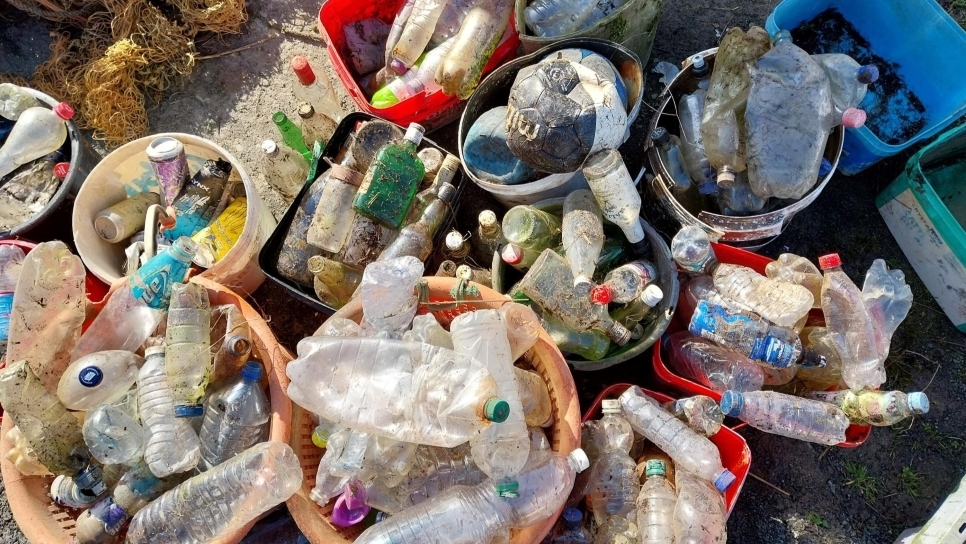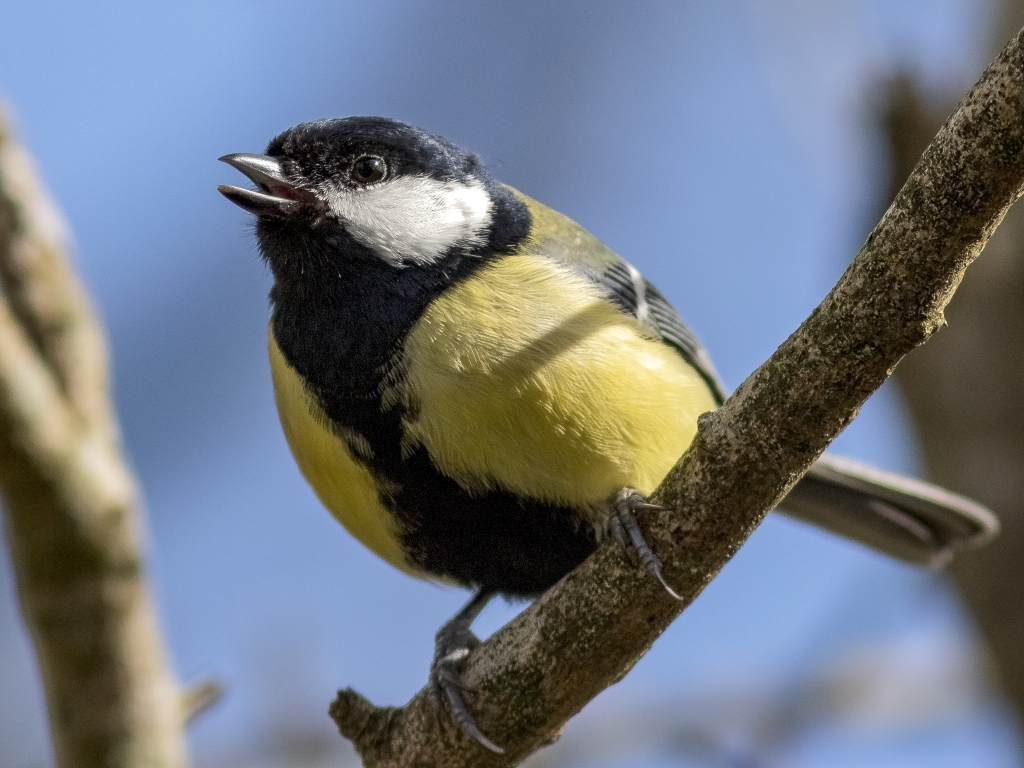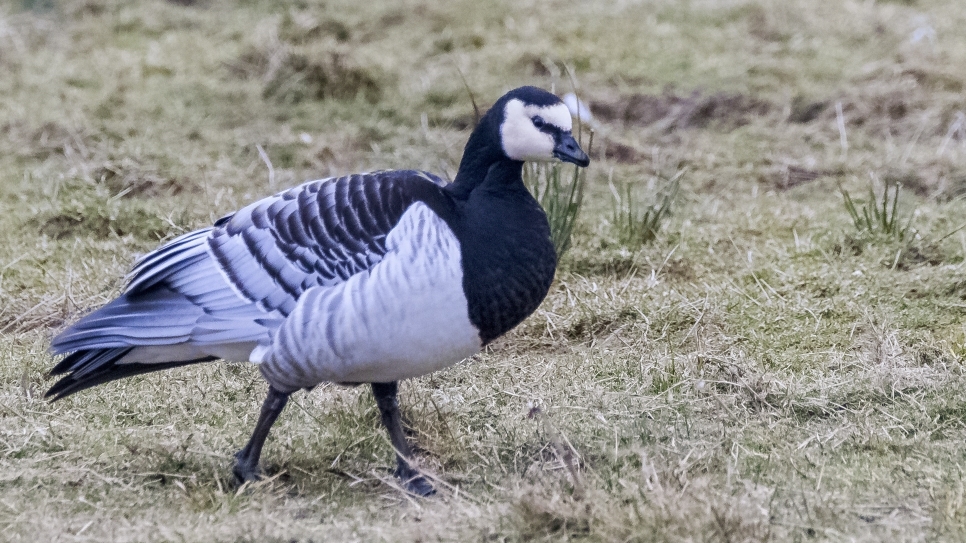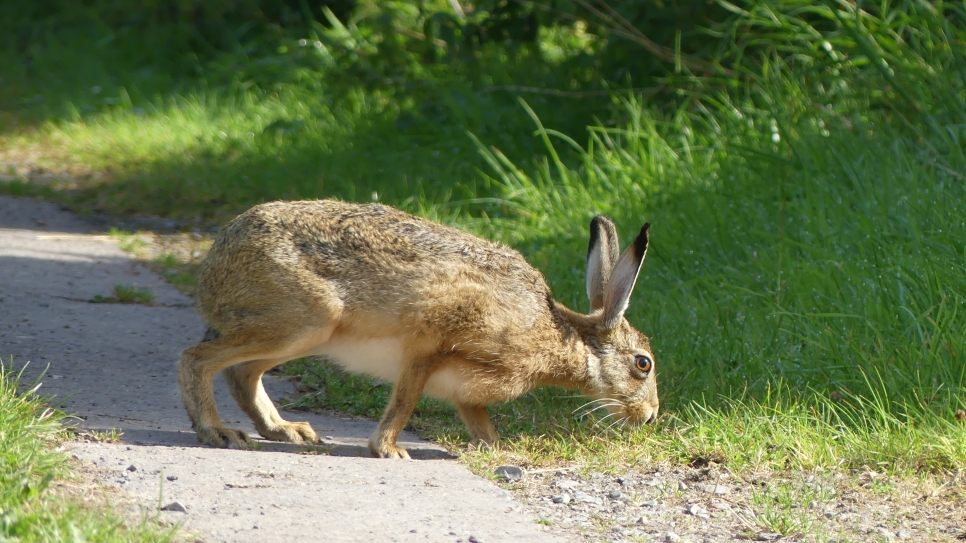The crisp of February
As I step onto the reserve, a crisp chill fills the air, and the landscape is painted with the muted tones of winter. In the distance, the silhouette of Criffel stands prominently, its peak covered by a delicate mist.
The ground beneath my boots is firm and the lingering frost offers a satisfying crunch with each step. The cold breeze carries the distant calls of barnacle geese, their V-shaped formations etching patterns across the sky. These migratory visitors, having journeyed from Svalbard, find sanctuary here during the winter months.
The hawthorne are bare of berries, all picked off by redwings, fieldfares and blackbirds. Low gaps in the hedge line by mammals accommodate the movement of hares, badgers and foxes.
Continuing my journey on down the wooded avenue, the ground shifts between the firmness of frozen earth and muddy patches where the sun has begun to thaw the surface. I crouch down and press my finger into the damp soil. It’s cold, sticky and rich with the scent of wet earth. The sensation lingers as I wipe my hand against the rough bark of a sycamore tree next to me, its surface lined with deep grooves and patches of lichen. I touch some moss on the tree, cool and spongy beneath my fingertips, absorbing the winter dampness like a living carpet.
I get up, hearing the squelch of my boots sinking into the mud. Scarlet Elf Cup clings to the litter on the floor. This fungi grows on decaying branches in damp areas of woodland and has a striking red inside its bowl shape. According to european folklore, wood elves drank morning dew from the cups.
My hands tingle from the chill of the February morning. I am reminded that reserve is alive in winter not only from the sounds and sights of Caerlaverock but also textures and the way the land feels on my skin, grounding me.
Words by Madisyn Pett
Picture by Annabelle Gurney



